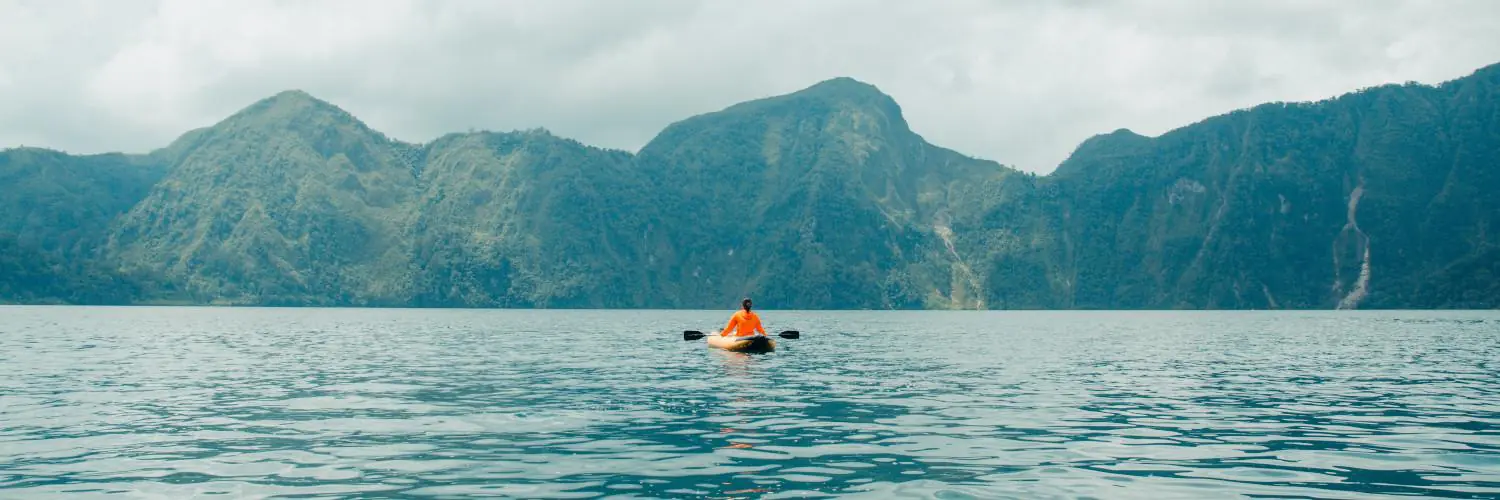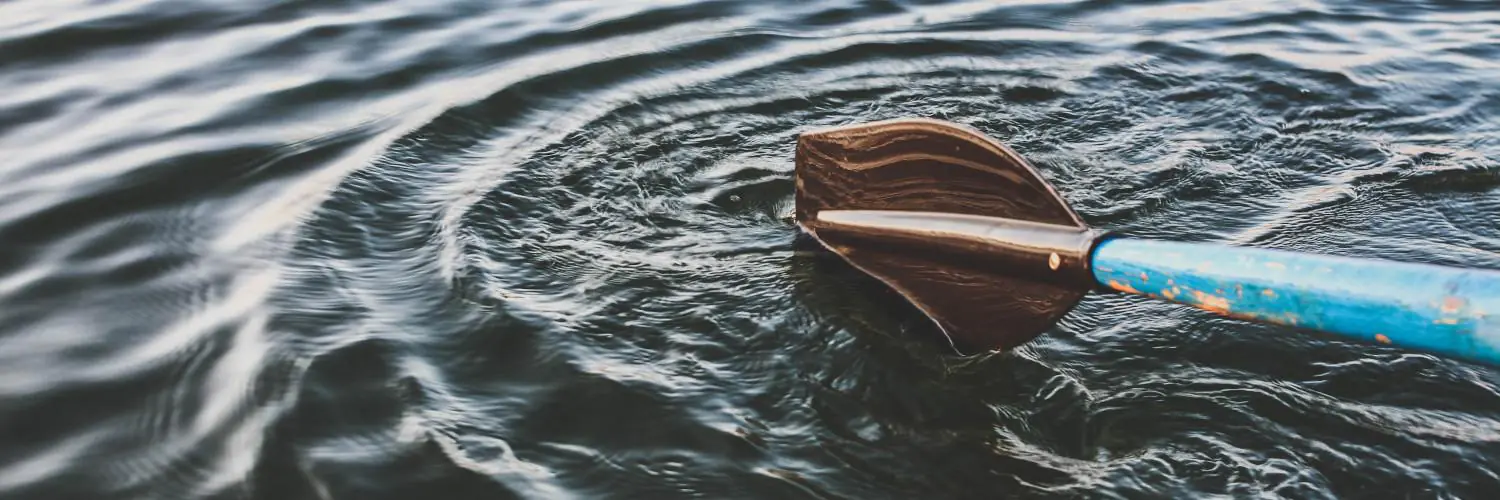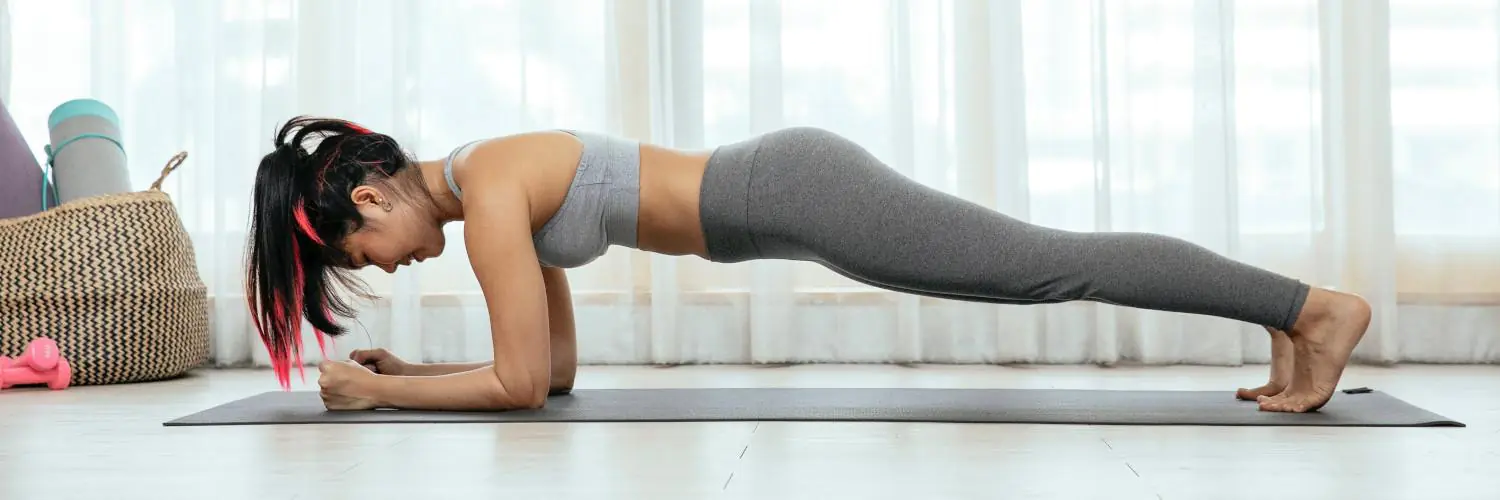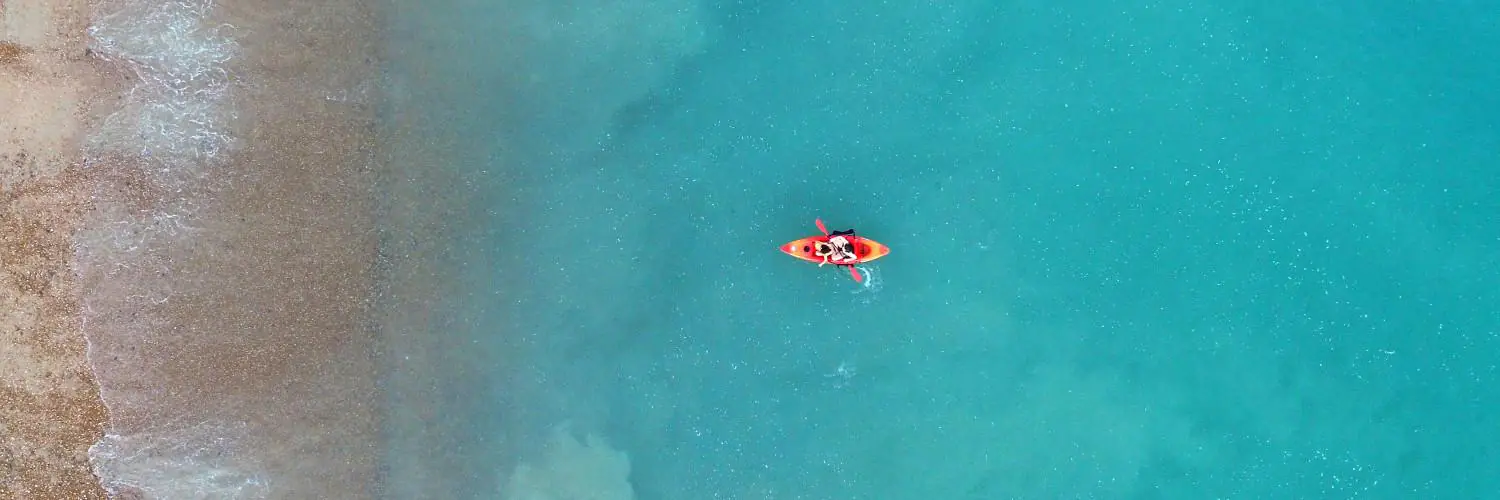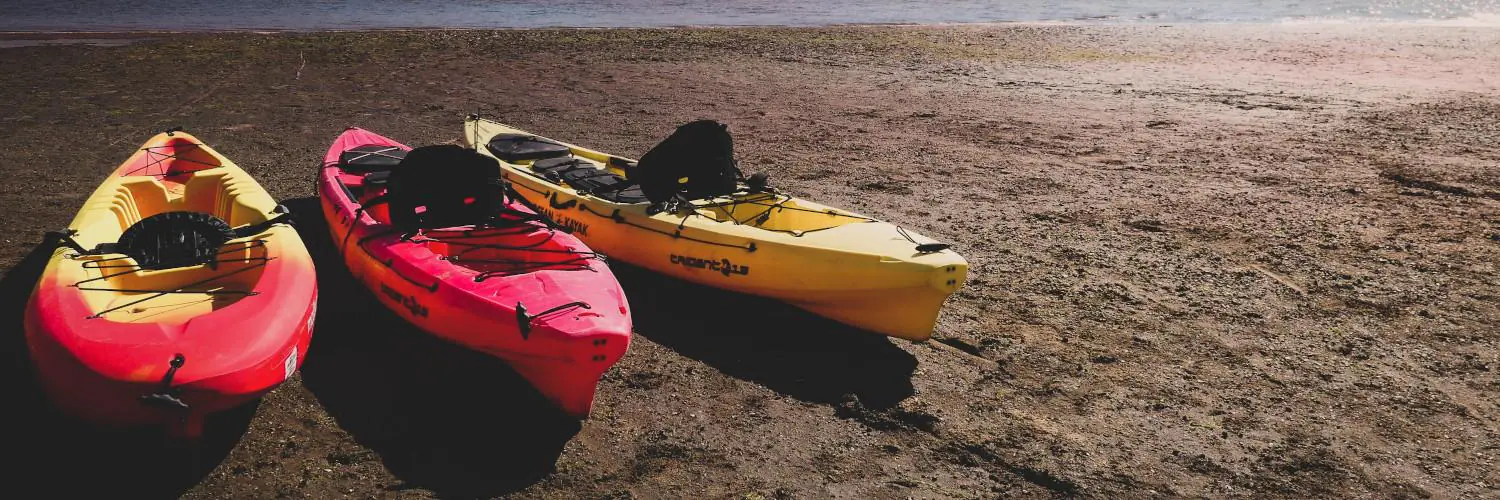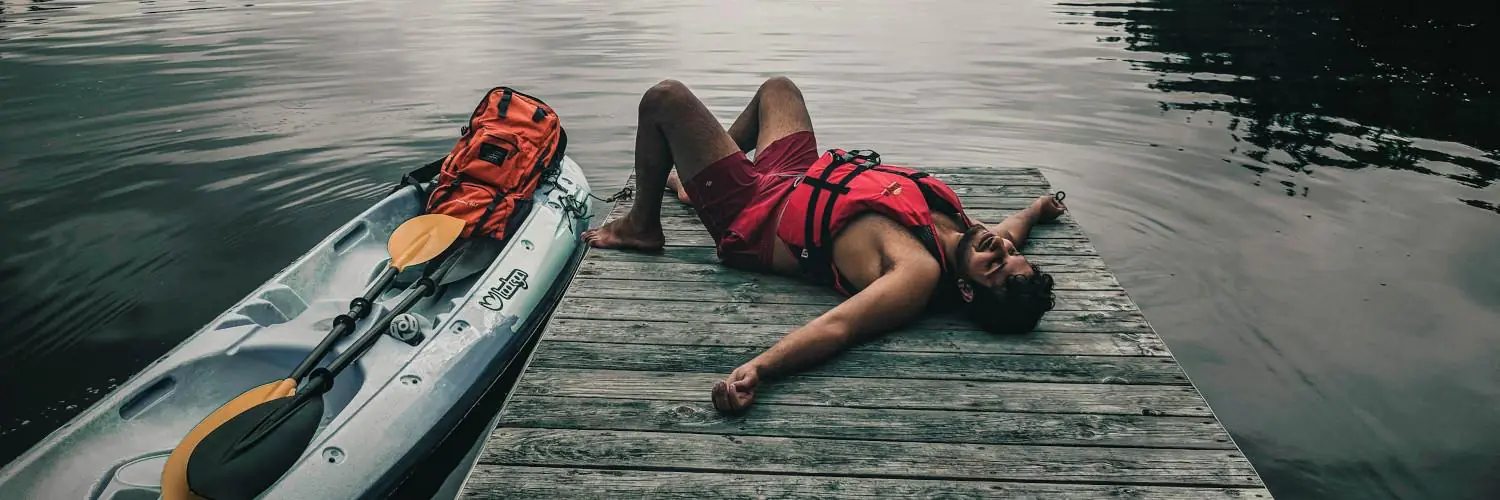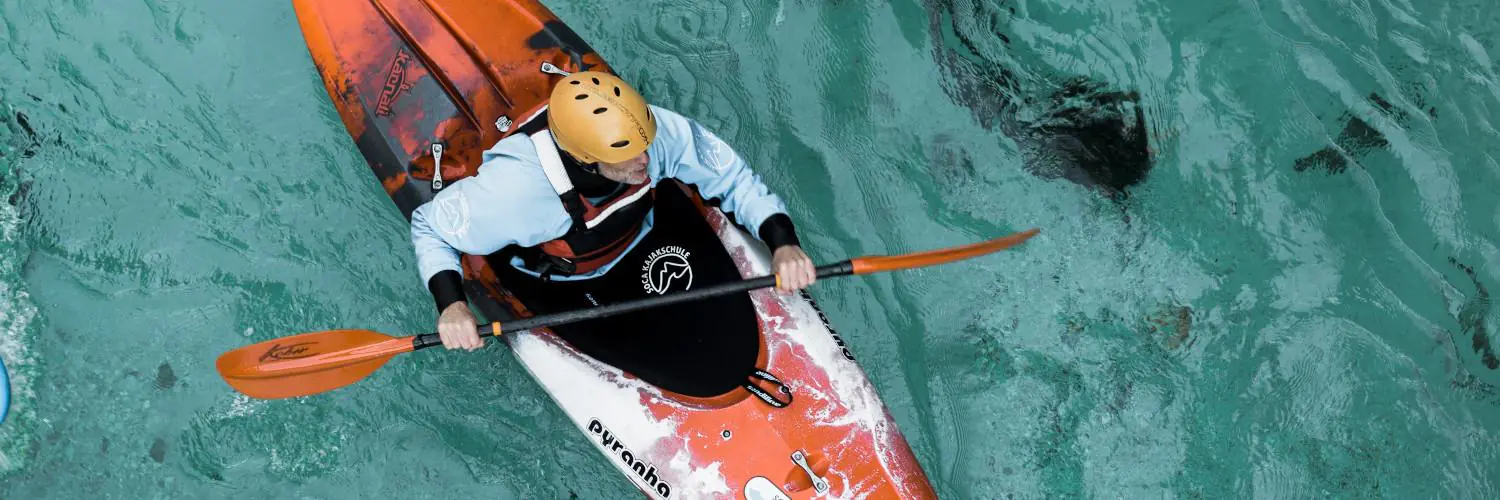The kayak frame serves as the fundamental structure around which the entire vessel is built, ensuring its integrity and performance on water. Traditionally crafted from wood, specifically red cedar for its balance of strength and lightness, the frame of a kayak is a marvel of engineering that has stood the test of time. Today, skin-on-frame kayaks honor this heritage, melding classic designs with contemporary materials, resulting in lightweight, durable boats that excel in a variety of paddling conditions.
Skin-on-frame kayaks are characterized by their resilient construction which involves a wooden frame covered with a waterproof skin. This method harks back to the indigenous peoples of the Arctic, known for their ingenuity in creating seaworthy vessels under challenging conditions. With modern advancements, enthusiasts and specialists continue to build these kayaks, enhancing the original designs to suit today’s kayaking needs. Such kayaks are noted for their versatility, often half the weight of their fiberglass counterparts, yet comparably strong.
The design of kayak frames influences their paddling performance, with factors like stability, speed, and maneuverability taking priority in the crafting process. Each frame is meticulously constructed, taking into consideration the paddler’s needs, intended water conditions, and specific uses, whether for leisurely exploration or more robust conditions. As kayaking continues to grow in popularity, the kayak frame remains the central component that defines the kayak’s capabilities, promising a tailored paddling experience for each enthusiast.
Table of Contents
Design and Materials
When constructing a kayak, selecting appropriate materials and understanding their properties is crucial for performance and durability. Design elements such as dimensions and material composition directly influence the kayak’s behavior on the water.
Choosing Materials
Kayak frames are traditionally constructed from a variety of materials including wood, plastic, and fiberglass. Each material affects the kayak’s weight, stability, and performance.
- Wood: Often used for its natural buoyancy and beauty. Types of wood like cedar are popular for their lightweight and rot-resistant characteristics.
- Plastic: Commonly used in mass-produced kayaks, known for its durability and lower cost.
- Fiberglass: Favored for high performance and lightweight kayaks, fiberglass adds significant strength.
- Bamboo ribs: Sometimes incorporated for their flexibility and tensile strength.
In recent years, composite materials combining fiberglass, plastics, or even carbon fibers offer advanced strength-to-weight ratios, enhancing the kayak’s capabilities without compromising on weight.
Understanding Kayak Dimensions
Kayak dimensions, including length, width, and hull shape, are tailored to the intended use of the kayak. Generally, longer kayaks offer better straight-line performance, while wider kayaks provide more stability. Proper dimensioning is essential for achieving the desired balance between speed, stability, and maneuverability. For performance-oriented kayaks, accurate shaping of materials like plywood or fiberglass cloth is essential for maintaining the integrity of these dimensions throughout the build process.
Skin-On-Frame Specifics
A skin-on-frame kayak comprises a lightweight frame often made from materials such as cedar or bamboo, and covered with a durable fabric skin. The skin, traditionally made from animal hides, is now more commonly constructed from modern synthetics like ballistic nylon or polyurethane-treated fabrics.
- Nylon: Offers a good balance between durability and flexibility.
- Ballistic Nylon: Known for its high resistance to abrasion and tearing, making it an excellent choice for rugged use.
- Polyurethane-Coated Fabric: Often used to waterproof the nylon skin, increasing the kayak’s resistance to environmental elements.
This construction method differs from rigid kayaks in that it can provide a lightweight yet sturdy craft, with some flexibility in the frame for absorbing impacts.
Assembly Process
The assembly process of a kayak frame is a meticulous task, requiring attention to the build dimensions, material selection, and structural integrity. This ensures the kayak’s performance in terms of stability and maneuverability.
Building the Frame
They begin by laying out the plans for the kayak’s frame, taking note of the specified length and width. Using materials such as wooden struts or aluminum poles, one constructs the frame, ensuring the support pieces are accurately cut and shaped. The builder uses clamps to hold pieces in place, and strong adhesives like epoxy to secure the joints. Throughout the process, they maintain a clean workspace and use gloves to protect their hands during sealing and gluing.
Attaching the Skin
After the frame is complete, the craftsman attaches the skin, typically made from durable materials such as nylon or canvas. The skin must cover the frame tightly, with the hem sewn carefully to avoid any loose areas that might affect the kayak’s performance in water. A combination of sewing and adhesive ensures the skin is secured to the frame, with particular attention paid to the cockpit area to provide an adequate seal against water ingress.
Adding Final Touches
As they finalize the build, several key components receive special attention. The builder installs the coaming around the cockpit to aid in the attachment of seals like spray skirts. The seams of the skin are checked for any gaps and are sealed for waterproofing. If the design calls for it, the builder may paint the kayak for aesthetic and protective purposes. Iron or heat treatments are sometimes applied along the seam edges to ensure the structural integrity and tightness of the skin-on-frame kayak.
Durability and Maintenance
Maintaining the integrity of a kayak frame is critical to ensure its lifespan and performance. Proper waterproofing and care, alongside vigilant damage prevention and repair, are paramount for a rugged and long-lasting vessel.
Preventing and Repairing Damage
Prevention:
- Kayaks made from polypropylene and composites are less prone to dents and damage due to their resilience.
- Regular inspection of fasteners and the kayak body can prevent small issues from becoming serious problems.
Repair:
- Minor damage can often be repaired with patch kits or welding for plastic kayaks.
- For skin-on-frame kayaks, one should examine the skin and frame routinely for punctures or breaks.
Waterproofing and Care
Waterproofing:
- A waterproof coating should be applied periodically to maintain the kayak’s integrity, especially for skin-on-frame models.
- Waterproof sprays and sealants are used to treat areas prone to leakage.
Care:
- Kayaks should be stored in a dry area away from direct sunlight to prevent degradation of materials.
- After use, one should rinse the kayak with fresh water to remove debris and salts, which can deteriorate waterproofing materials over time.
By adhering to these guidelines, individuals ensure that their kayak remains in prime condition, ready for transport and use on the water.
Performance and Accessories
Performance in kayaking is significantly influenced by the kayak’s design and the accessories chosen. The right frame and accessories can enhance stability, improve tracking, and provide convenient customization options.
Enhancing Stability and Tracking
Stability in a kayak is crucial for a confident paddling experience. Kayak frames, especially those with an internal aluminum rib-frame, are designed to mimic the performance of hardshell kayaks while maintaining the convenience of an inflatable. For example, the AdvancedFrame® models incorporate aluminum ribs in the bow and stern, enhancing both stability and tracking. Tracking is augmenting further with the addition of a skeg, which helps the kayak maintain its direction against winds and currents.
To facilitate comfort, some kayaks come equipped with adjustable footrests and high-back seats. These additions contribute to better weight distribution and control, thereby promoting a more stable ride.
Customization Options
Kayakers often seek to adapt their vessels to specific needs with various accessories. Attachment systems such as Accessory Frames allow for the addition of equipment such as rod holders, fish finders, or additional storage. These frames attach to inflatables and hardshells alike, often utilizing mounting grommets for secure placement. Using aftermarket 1″ rail mounts, kayakers can personalize their skin-on-frame kayaks.
- Examples of Common Accessories:
- Rod holders for anglers
- Fish finders for tracking aquatic life
- Cargo nets for additional storage space
- Map holders for navigation
The use of waterproof skins also play a part in the kayak’s performance, affecting the drag and speed of the kayak. Some Advanced Elements kayaks, for instance, are constructed with three-layer waterproof materials enhancing the overall paddling experience.
Choosing the Right Kayak
When selecting the perfect kayak, it is critical to understand the different types available and how specific factors like design and materials affect their performance in various environments.
Comparing Types and Brands
Types of Kayaks:
- Recreational Kayaks: Ideal for calm waters such as lakes, typically wider for stability.
- Touring Kayaks: Designed for longer trips in more challenging waters, with a narrower build for speed.
- Modular Kayaks (e.g., Oru): Easily transportable and often made from foldable materials.
- Inflatable Kayaks (e.g., Advanced Elements AdvancedFrame): Offer convenience in transport and storage; setup is straightforward but does require time for inflation.
Leading Brands:
- Advanced Elements: Known for their AdvancedFrame series which combines the convenience of an inflatable kayak with the performance of a hard-shell.
- Oru: Renowned for their origami-inspired kayaks which are lightweight and easy to transport.
Materials:
- Polyethylene: Durable and widely used in kayak manufacturing.
- Composite (e.g., Fiberglass, Kevlar): Lighter than polyethylene, used in higher-end models.
- Cotton Canvas: Traditional material used in skin-on-frame kayaks (e.g., Aleut, Arctic models), less common in modern designs.
Factors Affecting Performance
Length:
- Recreational: Often shorter for maneuverability.
- Touring: Longer for increased speed and tracking.
Width:
- Wider kayaks provide more stability (SUPs or stand-up paddleboards, also offer this), crucial for beginners or on calm water.
- Narrow designs achieve better speed and are preferred by advanced users.
Hull Type:
- Flat Hulls: Offer stability on lakes and calm rivers, suitable for recreational users.
- V-Shaped Hulls: Cut through water efficiently, for sea or ocean kayaking.
Price Considerations:
- Entry-level kayaks made from polyethylene are generally more affordable.
- High-performance kayaks with advanced materials like those used in an AdvancedFrame or skin-on-frame models command a higher price.
Set Up and Maintenance:
- Traditional hard-shell kayaks require little setup but need ample storage space.
- Modular and inflatable kayaks like the Oru or Advanced Elements range require assembly but are easier to store and transport.

